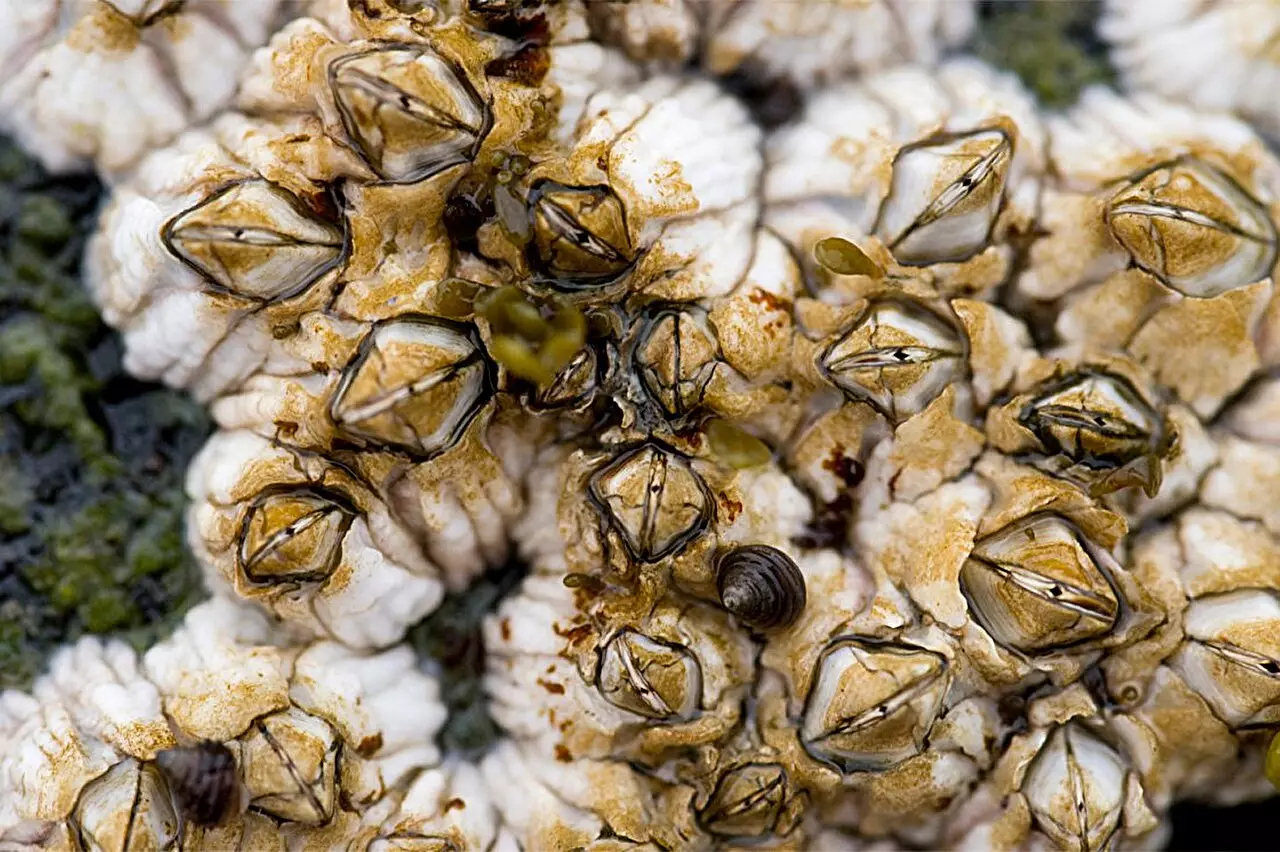Biofilms pose a significant challenge in medical and industrial settings, particularly because they consist of microorganisms that resist treatment with conventional antibiotics. A recent breakthrough by a team of researchers led by Abraham Joy, a bioengineering professor at Northeastern University, promises to change the narrative around how we manage these stubborn microbial communities. By studying barnacles and their unique methods of adhesion and interaction with surfaces, Joy’s team has developed a synthetic polymer that shows great promise in disrupting harmful biofilms, particularly those housing antibiotic-resistant bacteria like Pseudomonas aeruginosa.
The journey into biofilm management began with an unexpected inspiration: barnacles. These marine creatures possess a remarkable ability to cling to surfaces while utilizing naturally occurring chemicals to prepare those surfaces by clearing away bacteria. Observing this phenomenon led researchers to question whether similar methods could be applied to human health and industrial processes. Joy and his team adopted a bio-mimetic approach, seeking to mimic the barnacles’ techniques to manipulate bacterial biofilms.
In a remarkable twist, the synthetic polymer developed by Joy’s lab showed proficiency in loosening effective bonds that biofilms maintain with their substrate. Unlike traditional antibiotics, which primarily focus on killing bacteria, this polymer disrupts the biofilm’s structural integrity, effectively weakening the grip these communities have on surfaces. “We were surprised it works very well against certain bacterial biofilms,” Joy explains, revealing new potential pathways for treatment.
Biofilms can be understood as multifaceted structures where microorganisms coexist, often encased within a protective layer that can include protein and carbohydrate components. Tackling these biofilms requires a deeper knowledge of their unique structures. Joy likens biofilm manipulation to removing grass from a lawn—the methodology used must be tailored to effectively disrupt the relationships that bacteria have with their surrounding matrix.
Research has indicated that a staggering 60% to 80% of chronic wounds harbor biofilms, with traditional antibiotics failing to penetrate their defenses due to the dormant state of bacteria encapsulated within. As Joy emphasizes, “You need something to clear out the biofilms,” referring to the importance of disrupting these structures to expose the underlying bacteria to treatment. Once the biofilms are disassembled, conventional antibiotics can begin to work effectively, targeting the now-metabolically active microorganisms.
Joy’s polymer, consisting of specially formulated polyesters, initially displayed considerable success in removing biofilm associated with Pseudomonas aeruginosa. However, results varied for other bacteria, such as Staphylococcus aureus and E. coli, presenting an intriguing puzzle for the research team. The differences in biofilm composition—namely, carbohydrates vs. proteins—indicate that further refinement of the polymer may be necessary to develop tailored treatments for these other pathogens.
The next critical step is conducting tests that involve applying the polymer in liquid form directly to infected wounds, to assess its effectiveness in real-world scenarios. The team envisions a future where such polymers can be custom-designed based on the distinct structures of biofilms formed by various bacteria. Joy states, “Our hope is that we can tailor polymers that are specific for specific bacteria,” which would expand the arsenal of tools available for clinicians addressing complex infection scenarios.
Joy’s research is not only transformative from a medical standpoint but also opens up discussions about the design of antibiotics that consider biofilm mechanics. “This research will start a conversation about designing antibiotics that take into account the physical and mechanical properties of biofilms,” he asserts, urging a paradigm shift in the way we approach microbial treatments.
The implications of this research extend beyond healthcare. Industrial applications could benefit from these findings as well, particularly in areas where bacterial contamination in pipes and machinery presents significant operational challenges. The polymer could serve as a non-invasive means of cleansing industrial surfaces, potentially saving companies from costly shutdowns and maintaining a hygienic operational environment.
The innovative approach developed by Joy and his team exemplifies a growing recognition of the need to understand and combat biofilms not just by targeting individual pathogens, but by addressing the very structures that enable them to thrive. Marine life serves as a powerful reminder that nature often holds the keys to the solutions we seek.

